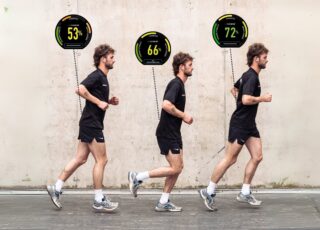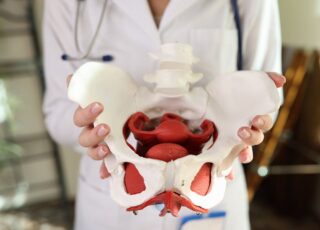Nerves Under Pressure - A Deep Dive into Entrapment Neuropathies

Guest

Annina Schmid
Annina is a specialist musculoskeletal physiotherapist, a professor of pain neurosciences at the University of Oxford, and the head of the Neuromusculoskeletal Health and Science Lab at the Nuffield Department of Clinical Neurosciences at Oxford University. She has published over 100 papers, with a primary focus on nerve entrapment neuropathies, which is the topic of today’s episode.
Description
In this episode of the PhysioTutors podcast, Dr. Annina Schmid, a specialist in musculoskeletal physiotherapy and a professor of pain neurosciences at Oxford University, discusses entrapment neuropathies, focusing on conditions like carpal tunnel syndrome and cubital tunnel syndrome. She explains that these conditions occur when nerves are compressed or irritated as they pass through narrow anatomical spaces, leading to symptoms such as pain, tingling, numbness, and sometimes motor changes like weakness. The conversation covers common types of entrapment neuropathies, diagnostic challenges, and distinctions between peripheral and nerve root entrapment. Dr. Schmid emphasizes the importance of pattern recognition, detailed patient assessment, and understanding the anatomical and neurological aspects of each case. Dr. Schmid also delves into the importance of deep clinical phenotyping and precision physiotherapy, highlighting the need for detailed understanding of patient presentations and individualized treatment approaches. She discusses the potential benefits and mechanisms of neurodynamic treatments and other interventions, stressing that education and managing patient expectations are crucial. The discussion touches on the role of advanced imaging techniques like ultra-high field MRI in diagnosing and treating entrapment neuropathies, and the significance of surgical intervention in severe cases. The episode concludes with Dr. Schmid’s takeaways for clinicians, emphasizing the need for careful diagnosis, patient education, and innovative research approaches.




